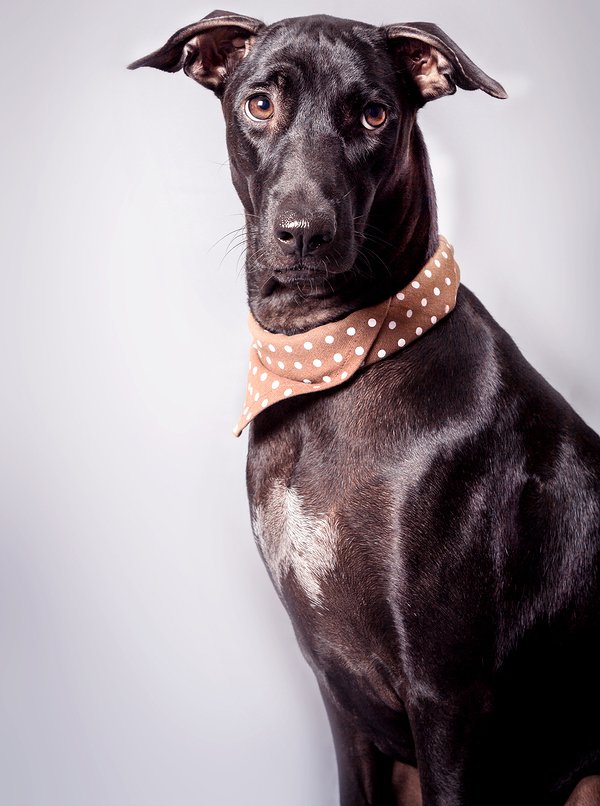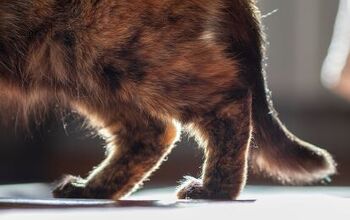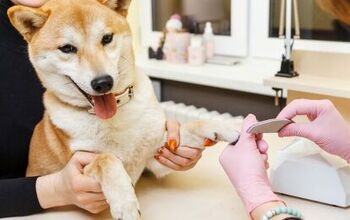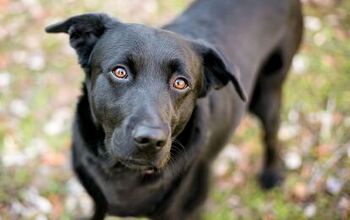Labradane


About Labradane
A big softie with a heart of gold and a love for playing and exploring- the Labradane is a great family pet. These active, friendly, sweet dogs are fairly rare, but they are growing in popularity across the United States. And for good reason, as this designer dog breed combines the best traits of his mom and dad. The Labradane brings the loyal, gentle nature of the Labrador Retriever together with the noble yet protective traits of a Great Dane which results in a hybrid that’s appealing to many pet owners.
The intelligence, loyal nature, as well as affectionate and friendly disposition of the Labradane make this gentle giant stand out among his peers. This big boy is a great dog for an active family that can offer him space to roam and has the time to train and maintain an exercise regimen. His loving, social nature means he gets along well with kids and other dogs.
However, despite the many wonderful qualities the Labradane undeniably has, these designer dogs are not a perfect match for everybody. Their size and energy levels can be too much to handle for some people, and it’s best to really get to know these unique dogs before you decide on bringing one into your family. To make sure that the Labradane is a good fit for your family, read on!
The Labradane is a hybrid mix of the Labrador Retriever and Great Dane.
As it is usually the case with designer dogs, there is not much information about how the Labradane was developed. This is a mixed breed dog, but these hybrids were not a product of accidental mating between purebreds. It’s highly likely that the Labradanes were first introduced back in the ‘80s when the designer dog craze first started. Crossbreeding purebreds became popular when Labradoodle turned out to be a highly-sought after hybrid, and many new mixes followed it in the next 20 years. It stands to reason that the Labradoodle was one of the many results of crossbreeding trends and that the Lab and Great Dane mix isn’t older than 15 to 20 years. Similarly, as the majority of designer dog breeds trace their origins back to the United States, it’s probable that the Labradane is the same. Similarly, as the majority of designer dog breeds trace their origins back to the United States, it’s probable that the Labradane is the same.
Although the Labradane is a relatively new breed,they have some impressive ancestry. The Labrador retriever dates back to 19th century Newfoundland, Canada where he was used by fishermen to haul nets, ropes and pull in fish while the Great Dane as we know him originated in Germany and was bred to hunt Wild Boar. That said there are images of dogs resembling Great Danes on Egyptian monuments dating back as far as 3,000 BC.
The Labradane is a cross between a Labrador Retriever and a Great Dane. These designer dogs are a 50-50 percent mix of the two purebreds, also known as first generation hybrids. Many breeders claim that these types of hybrids are the healthiest ones, but they are also the least predictable, as well. It’s not easy predicting which of the parental breeds will be the more dominant in the mix, so you sometimes have Labradanes that look more like the Lab, or those in which the characteristics of the Great Dane are more apparent.
While the majority of Labradanes has a Lab and a Great Dane for a parent, there are hybrids with different ratio of the two breeds in their lineage. Multigenerational breeding is a fairly common process, where breeders try to perfect the breed and create a more uniform standard- by further crossbreeding their stock, often in favor of one parental breed. Even though breeders are trying to elevate the status of some designer dog mixes to that of an “actual breed”, it’s still a far way to go- especially for a rare and recent mix such as the Labradane.
As a hybrid, the Labradane cannot join the American Kennel Club’s ( AKC) roster of purebreds. His parents however, have both achieved AKC status; the Labrador Retriever was admitted to the club’s “sporting” group back in 1917 and is described as active, friendly and outgoing. The Great Dane was introduced as an AKC member in the working group back in 1887 and was considered friendly, patient and dependable.
The Labradane is a large-sized dog that will consume between 4.5 to 6 cups of dry food daily. Kibble size should be large (to avoid gobbling) and should be geared specifically to his age and activity level. As a deep-chested breed, he may be prone to bloat and gastric torsion so exercise must be limited after eating. Because of his size its crucial he not become overweight as this will cause mobility issues as he ages. Of note: Labs are notorious for over-eating, so don’t free-feed your dog, provide him with smaller meals throughout the day and avoid fillers such as carbs and grains that will encourage gorging to feel full. Foods should indicate “meat” as a first ingredient and because he may be prone to hip dysplasia and joint issues, foods that include glucosamine are a good option.
The Labradane’s loving, social nature means he gets along well with kids and other dogs.
An energetic, spirited large dog can be a challenge if he hasn’t been properly trained and socialized from a young age with his owner established as “pack leader”. That said, this breed is intelligent, is known to be a good listener and his keen-to-please personality means he will be quick to pick up on commands that are delivered in a consistent, firm manner. Labradanes can be sensitive, so training methods need to be positive, with a rewards-based approach that can include treats, pats, toys or walks to keep him motivated and ensure your training process is a success.
The Labradane is considered a very large sized breed and when fully grown, he will weight 100-180 pounds depending on whether you have a male or a female.
This is an intelligent dog that is eager to please, tolerant and loves human interaction. While his size can be daunting, he is a highly social dog that gets along well with kids and other dogs, but his protective nature can make him wary of strangers. Because he requires regular exercise and companionship of the human and canine varieties, the Labradane doesn’t do well when left for long periods of time and can suffer from separation anxiety.
While designer dogs often sidestep health issues known to affect their purebred parents, it’s important to understand what your new pup may inherit. Both the Great Dane and the Labrador retriever can suffer from hip and elbow dysplasia and as a deep-chested dog he can suffer from bloat and other digestive issues. Great Danes can also experience “growing pains” called panosteitis which is an inflamed long bone and will present as a limp when he’s a pup. Your vet can prescribe an anti-inflammatory and it should pass as your pup gets older.
The Labradane has a life expectancy of 8-12 years.
Your Labradane is a large dog that will need regular and considerable exercise to keep him toned and trim. Because excess weight can create mobility issues for him as he ages, it’s important he remain active throughout his life. This can range from structured exercise such as long, brisk walks twice a day (note he makes a great running or jogging companion) to backyard play where he can catch a ball, romp with the kids or just stretch his legs throughout the day. As with every breed, inactivity leads to boredom which can lead to mischief and destructive behavior.
The Labradane is an intelligent dog that is eager to please, tolerant and loves human interaction.
The Labradane is not a pure-bred so is not recognized by the AKC. He is however recognized by the Designer Breed Registry and International Designer Canine Registry.
The Labradane has a short, dense coat that sheds lightly throughout the year; however shedding season will require you to increase his usual bi-weekly brushing to daily. His coat color will vary from black, brown and white to brindle, mantle or solid and his loose, floppy ears mean that his grooming regimen will require cleaning to avoid infections typical of floppy-eared dogs. Professional grooming is not necessary and bathing can be done on an “as needed” basis – typically once a month.
This is a large breed puppy that grows rapidly so pet owners need to be cognizant of his dietary needs. Free-feeding him foods that are high-energy (calories) or high-calcium can result in orthopedic diseases that are known to occur in large, fast-growing dogs including Great Danes. Puppies can’t absorb the added calcium and it can impact bone growth. Consult with your vet or breeder about the best diet for your little guy. And remember that this breed can experience joint issues later in life, so take it easy with the exercise so as not to stress vulnerable hips and elbows.
Photo credit: Lynne Napton/Bigstock; PinkOmelet/Bigstock; steelrs649/Bigstock

Sharing space with three seriously judgy Schnoodles and a feline who prefers to be left alone. #LivingMyBestLife
More by Mary Simpson
























